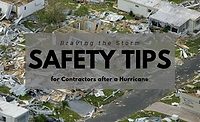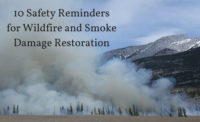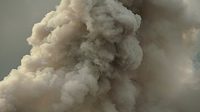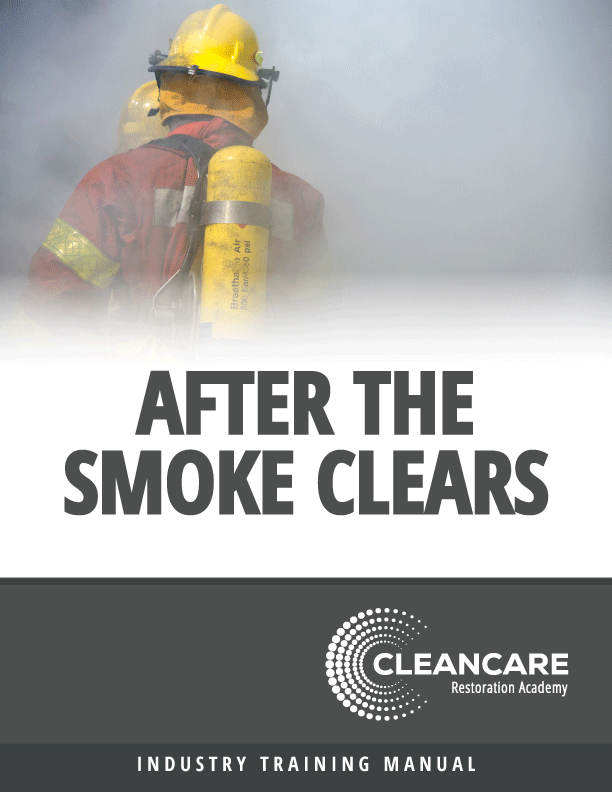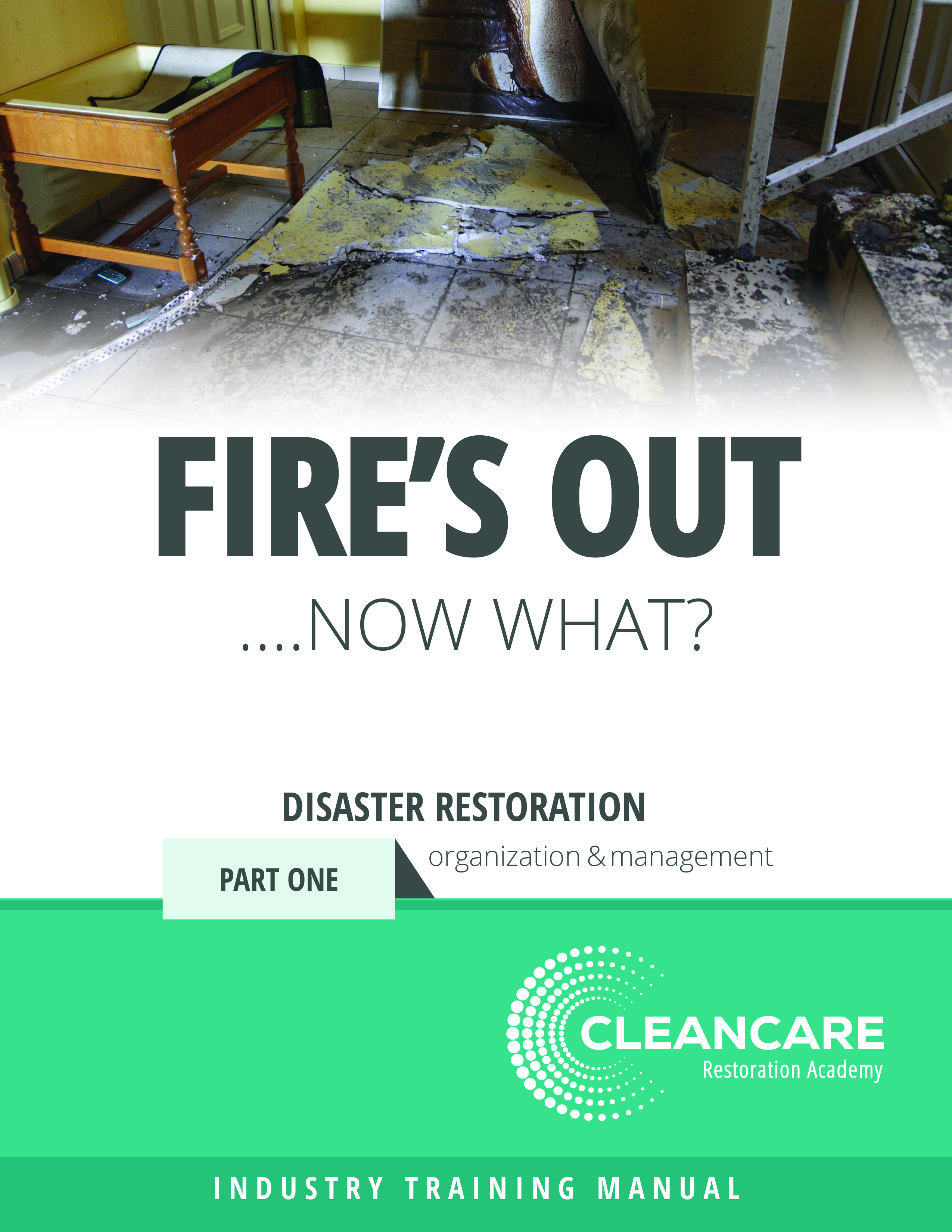The Damage Isn’t Done: Restoration Safety Tips After a Wildfire

While wildfires are a somewhat rare phenomenon, they still can cause widespread destruction in a very short amount of time. In a 2017 report by Verisk, over 5.1 billion dollars in damage has occurred in the past ten years due to wildfires. Around ninety percent of wildfires are a result of human behaviors, most of them being started unintentionally. California is one of the most at-risk regions for wildfires in the United States due to prolonged periods of drought and land that can become arid.
Wildfires are very frightening and can rapidly engulf a large area. You may think that the damage is done when the fire has subsided, but what about the residual effects? There are certain things you should be aware of, especially if you are contracted for restoring properties that suffered damages.
Outdoor Air Quality
Outdoor air quality is a huge concern after a wildfire has occurred. The smoke from a wildfire can be very toxic, and contain a variety of substances which include carbon monoxide, gases from burnt forestry, and various hydrocarbons that have the potential to cause cancer. If you can smell smoke, there is a chance that these fumes contain toxins. Best practices recommend waiting until smoke has completely dissipated and an air quality test is conducted, then restoration work can be safely carried out. A post-fire stabilization program referred to as Burned Area Emergency Response (BAER) will enlist a team to assess the damage and manage any identified threats to both human health and environmental stability. Wearing protective equipment, such as a particulate mask, when entering areas affected by fire is highly recommended to limit the amount of exposure to potentially hazardous substances.
Indoor Air Quality
The quality of air inside homes and buildings can raise concern well after a wildfire is over. This is due to materials that came into contact with the fire emitting a variety of substances, the biggest concern being dioxins. Dioxins are a group of compounds that are chemically-related and have been linked to causing cancer, reproductive problems, developmental problems, and immune system damage. Dioxins are absorbed by fat tissue, and become dangerous when they are absorbed in large quantities. Wildfires are a breeding ground for dioxins as they form when products that contain chlorine and carbon are burned, such as polyvinyl chloride which most know as PVC piping. Limiting the exposure to dioxins is important for your health. Exposure can create health implications for you, but also genetically impact your future offspring.
Building Materials
Along with the air quality that results from a wildfire, the devastation that occurs can be huge. Families become displaced from their homes and workplaces due to the amount of debris that has to be cleaned up in order to operate normally. When restoring an area affected by a fire, covering your mouth, nose, and body is especially important when coming into contact with building materials. Homes built prior to 1980 have a high possibility of containing dangerous materials such as asbestos and lead. As asbestos deteriorates, the fibers can become airborne and once inhaled they become embedded in the lining of the lungs, heart, and stomach. Over a prolonged period of time, these fibers can cause tumors to develop, eventually leading to a fatal cancer known as pleural mesothelioma.
Be Safe Out There
Whether you are restoring wildlife or commercial and residential properties, it is crucial to have the proper resources for the job. Respiratory equipment should be used at all times to avoid dangerous toxins from entering your body. Air and surface tests should be conducted prior to restoration, and everyone on your team should be made aware of the potential risks they may come across while working. If the project is indoors, proper ventilation will help cycle out potential toxins and allow your team to work with mitigated risk involved. Make sure your team is taking breaks when necessary, and if anyone begins to feel any adverse effects, stop and seek medical advice immediately.
Looking for a reprint of this article?
From high-res PDFs to custom plaques, order your copy today!



